5 "retro" trends interior designers are bringing back for 2024 that might surprise you
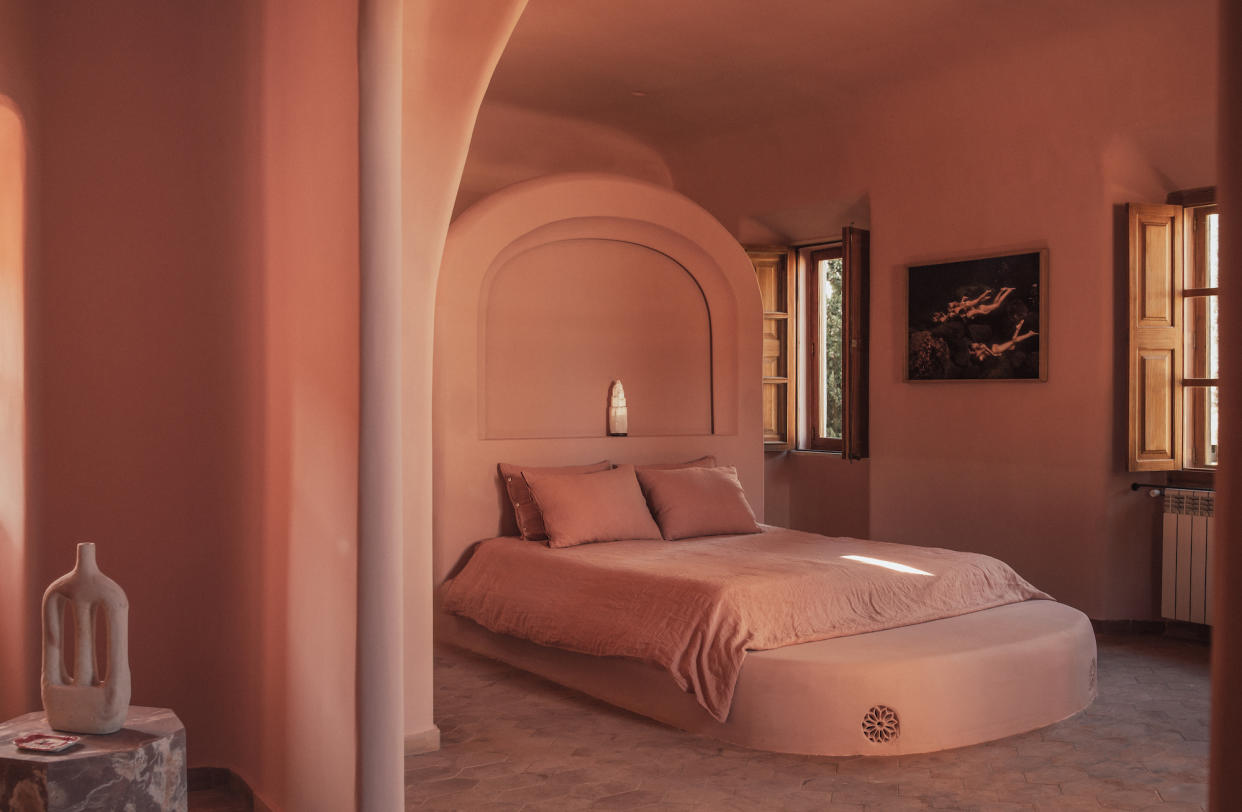
If you’ve noticed a resurgence of retro of late, you’re not alone. As is often typical throughout periods of uncertainty, a widespread longing for familiarity and nostalgia is permeating all areas of culture, and interiors are no exception. Whether it’s the rich, reassuring palettes of the 70s, or a carefree hit of Y2K kitsch – think neon hues, iridescent surfaces and playful silhouettes – interior designers and industry insiders are drawing on the past for inspiration.
It’s safe to say that, depending on your preference, some of these recycled trends might be easier to get on board with than others: we’re all for the effortless warmth of 90s neutrals, but the jury’s still out on orange pine. That said, when implemented well, you’d be surprised how swiftly something that seemed decidedly dated can once again feel relevant.
We’re not advocating sponge-painting your walls purple this weekend, but if you’re in search of ideas to refresh your interior, it’s definitely worth revisiting past interior design trends that prioritize color and texture. Alternatively, look to the fuss-free forms, shades and materials of the modernist period for a look that never goes out of style. 'The timeless allure of mid-century design is definitely illustrated in current tile trends,' says Kali Gibson, Senior Brand Manager at Fireclay Tile. 'Specifically, straight set-patterns and more playful color palettes. We’re seeing this expressed in all areas of the home.'
If we’ve sold you on a dose of déjà vu, read on to discover five expert picks for retro design trends that look set to see a comeback in 2024.
1. Free-flowing curves
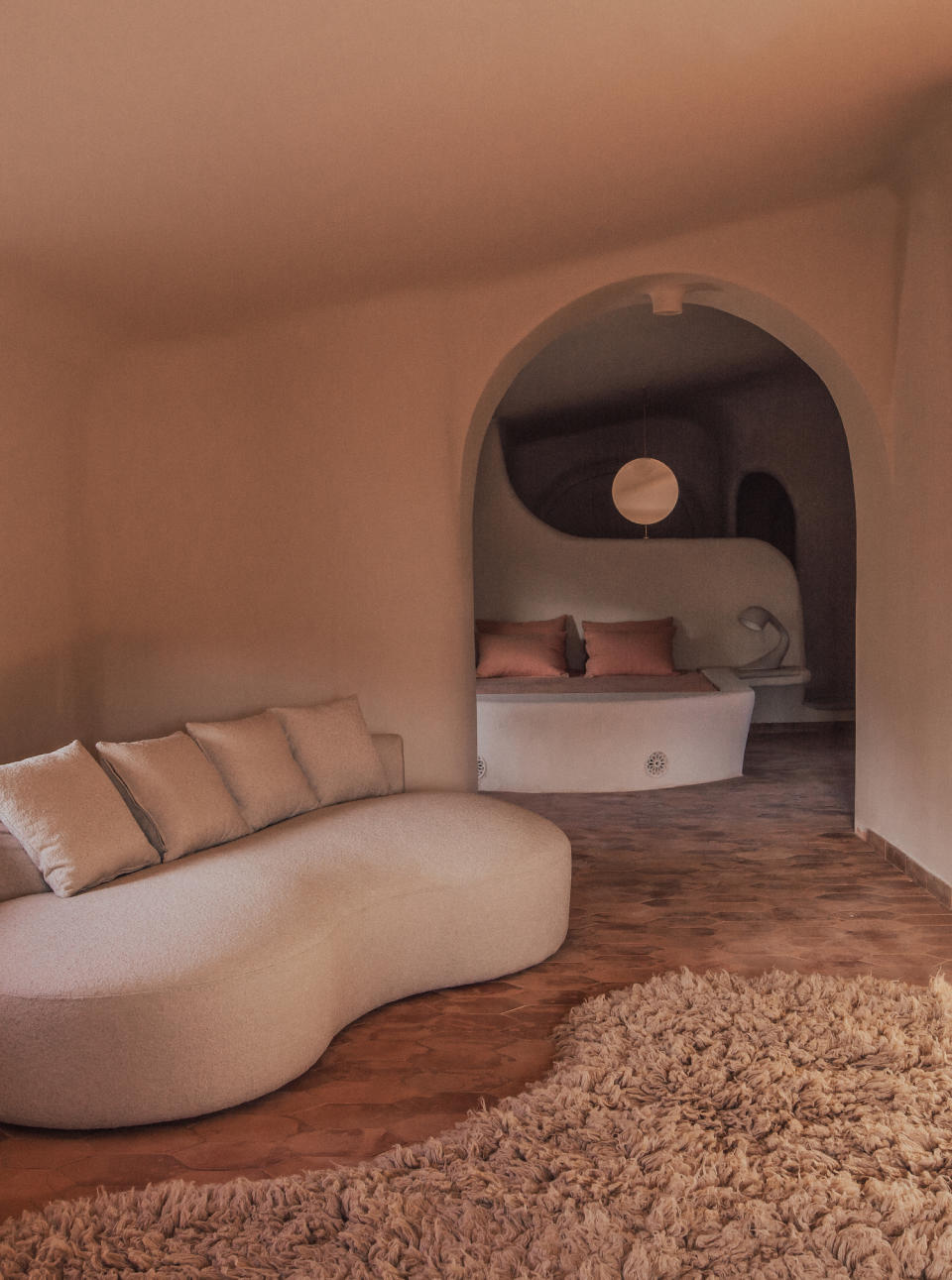
From sinuous furniture to 'cave' houses, our appetite for 60s and 70s-esque curves shows no sign of slowing down as an architecture trend, extending to molded interior features and rendered structures. We love the nostalgic, bohemian feel of Mallorca's recently opened Hotel Corazón, a project by photographer Kate Bellm and her partner, artist Edgar Lopez. The 15-room hotel, farm, restaurant and art space features a free-spirited interior that nods to the island's longstanding reputation as a destination for artists and creative souls.
'Flow Design is one of our signature features, re-occurring in all our projects,' says Oro del Negro of Moredesign, the studio behind the hotel's curvaceous interiors. 'It's a construction language that not only communicates spaces but also accommodates to the human form,' he explains. 'It's very much like moving water in a pond, creating a vibrant fresh environment. It all starts with a drawing and usually doesn’t deviate far from its original conception.
2. Tiled living rooms
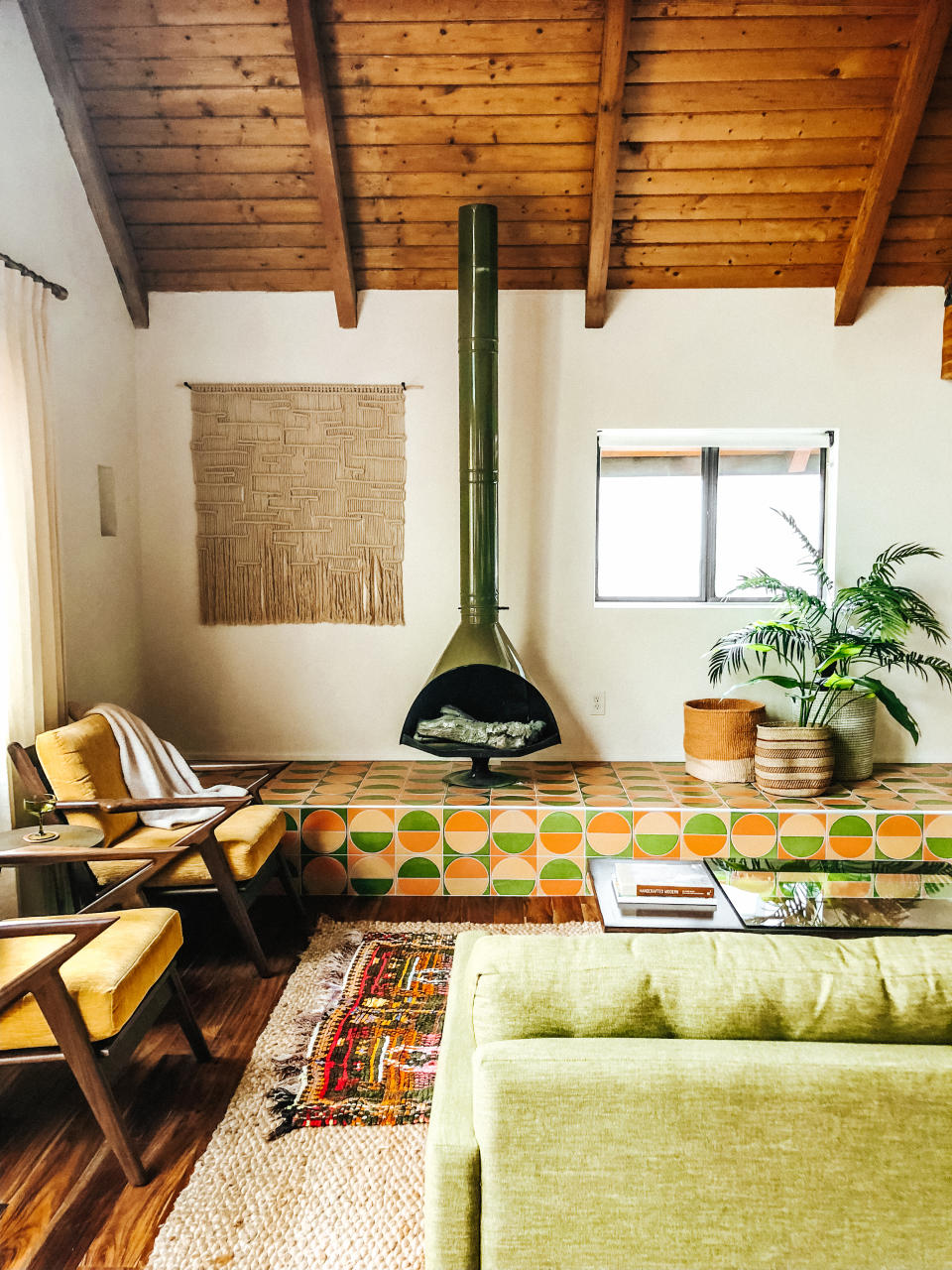
If you think that wall tiles are just for kitchens and bathrooms, think again. More' and more, we're noticing them creeping in as living room wall decor, adding color, texture and interest. The tiled hearths of the modernist period also appear to be having a comeback, as confirmed by Californian brand Fireclay Tile.
'The fireplace specifically is a beautiful opportunity to create a focal point in your home,' says interiors expert and senior brand director at Fireclay Tile, Kali Gibson. 'If your style is more minimalist, you can opt for a straight-set ceramic tile or brick in a neutral shade. If you're more comfortable with color, consider pulling from the mid-century palette, which typically includes both neutrals and pops of bolder hues,' she advises. 'We’ve been seeing a lot more designs that feature the vibrant greens, warmer tones and pops of blue that reference this era.'
3. Glass-block partitions
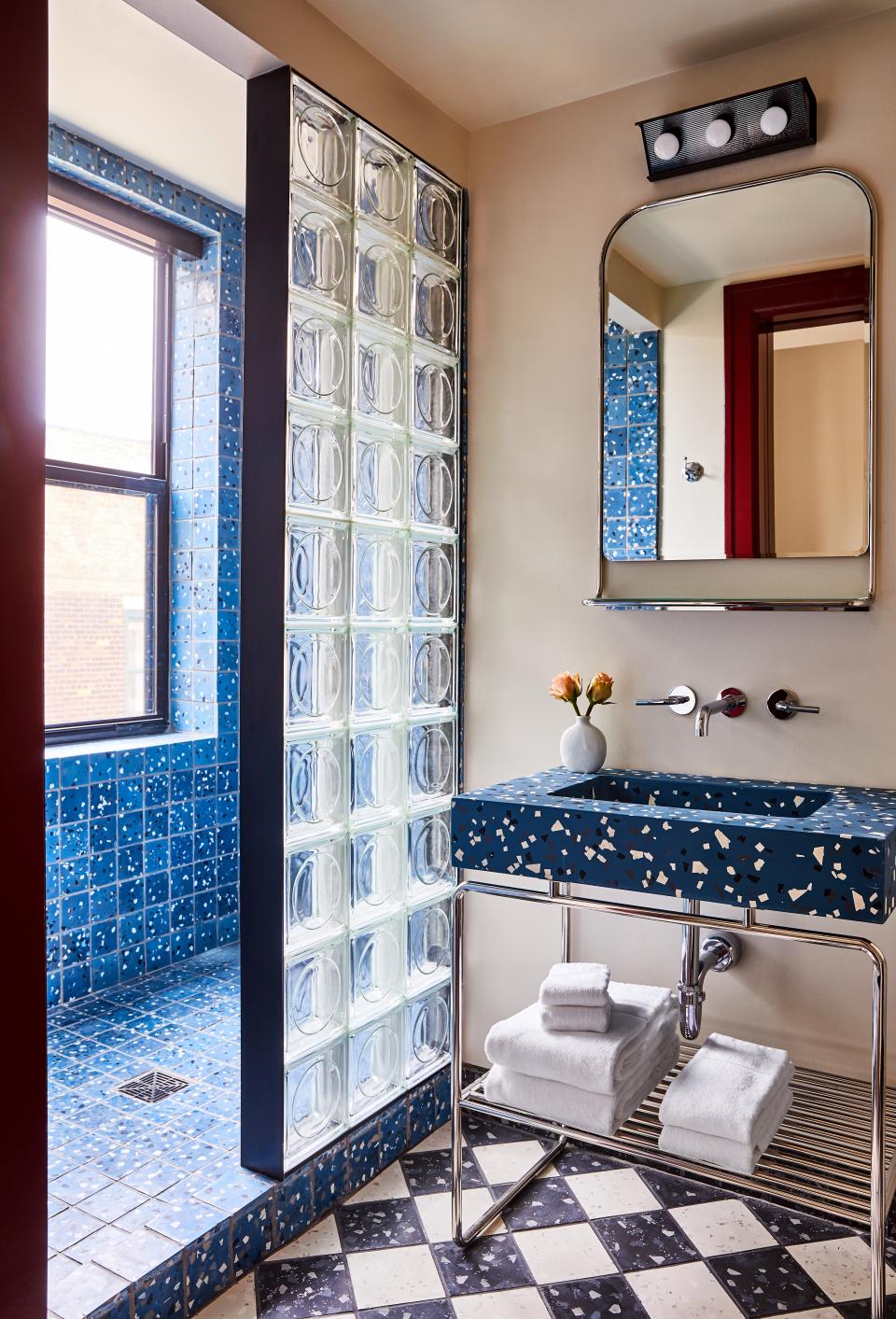
You'd be forgiven for associating glass blocks with some of the less desirable interiors of the 80s and 90s, but in fact, this versatile building material was also hugely popular during the 1920s, 30s and 40s, thanks to its strength, affordability and light-diffusing properties. We've seen them popping up in many a stylish project of late, including the bathrooms of Detroit's Siren Hotel.
'We wanted to create an immersive and functional space in the bathroom that paid homage to the original building and history of Detroit,' says Xavier Donnelly, Creative Director of Ash hotels, referencing the 1920s architecture of the city's much-loved Wurlitzer building. 'The palette inspiration for the tiles was taken from another iconic building in Detroit, which had colorful Pewabic tiles in the lobby, so we pulled from that to create a vibrant yet contained space that's balanced with the glass bricks.'

Individual glass bricks
Price: $76.18
Quantity: 10-pack
4. Textured wallpapers
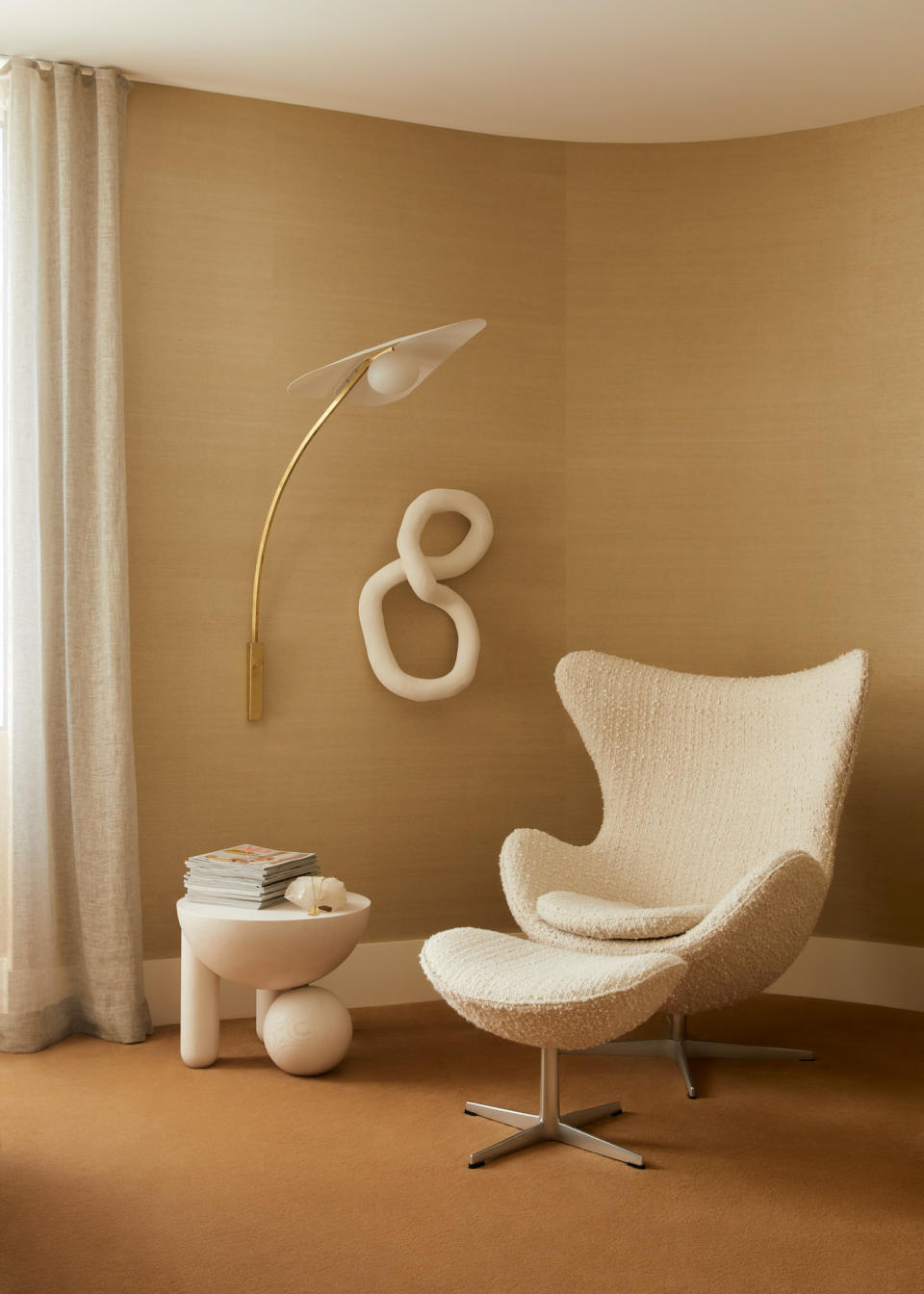
We love the honeyed shades used in this bedroom, designed by Simone Haag, which perfectly reflects a resurgence of warm neutrals as a color trend, and textured surfaces. 'Curved edges and earth-toned palettes are taking over, with materials synonymous with the 70s and 80s making a comeback and being brought back to life in very sophisticated ways,' says the Australian interior decorator.
'The textured wallpaper was an element that we encouraged the client to layer their bedroom with. And, in a slightly risky move, we specified a camel-colored carpet to complete the scheme,' she shares. 'It was a risk that paid off, creating an easy tonality that was in line with my vision for the project.'
5. Rich shades of red
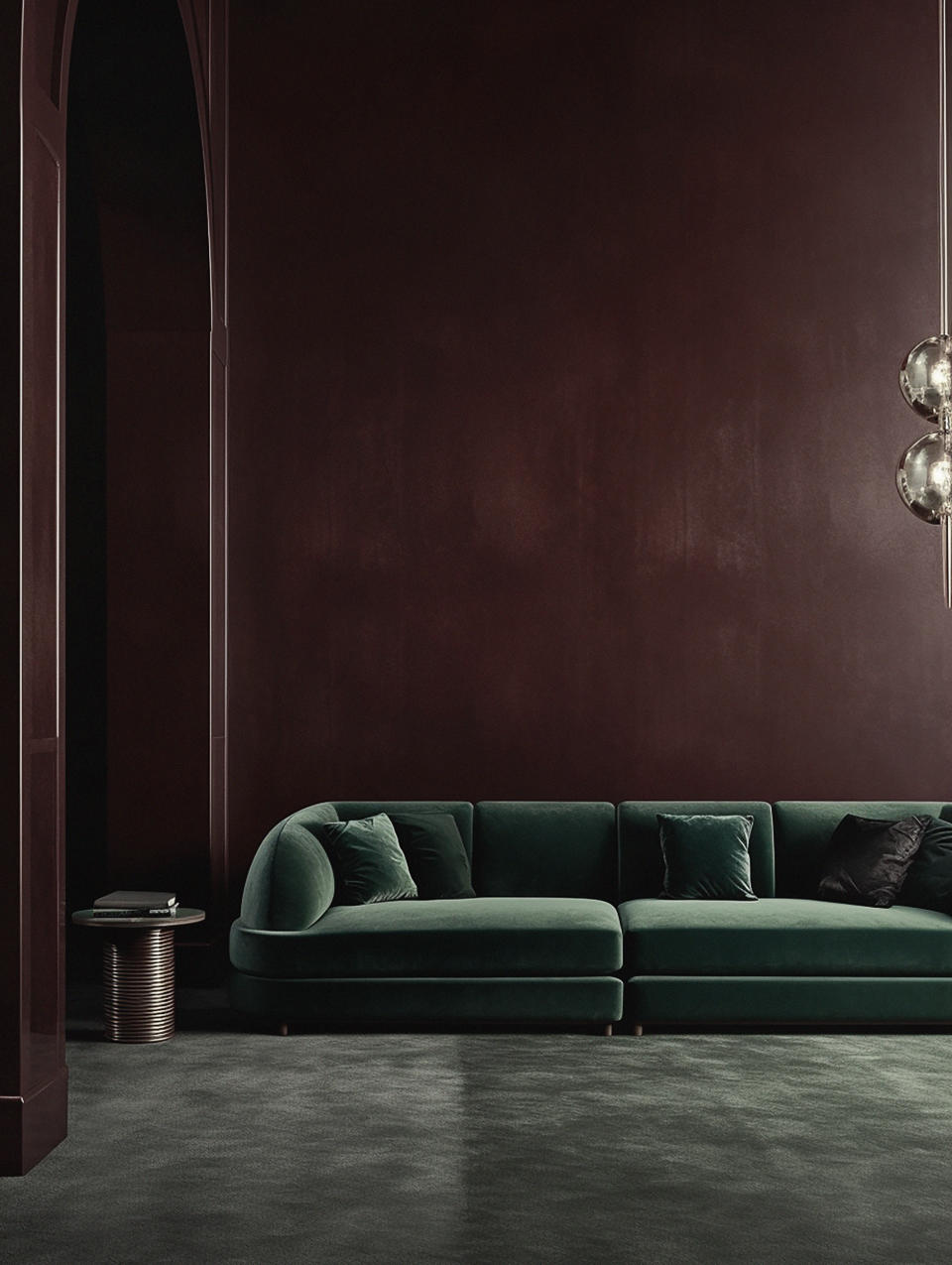
In addition to turning up the temperature on neutrals, color trends are favoring rich reds of the 1970s and 80s too, both as accents – think red-painted dining chairs – or, more bravely, a wall-to-wall paint scheme. Bauwerk's Bronwyn Riedel agrees: 'We are seeing an interest in stronger bolder colors, and interiors with more romance and history,' she states.
'Tones like Paprika, Pheasant and our favorite deep red, Bloodwood, bring real drama. The texture of limewash paint makes these colors easy to live with, as the light hits them differently and takes away the harsh look that strong reds can have on a wall. We recommend our dragged-down technique when applying, which keeps the colors looking modern.'

